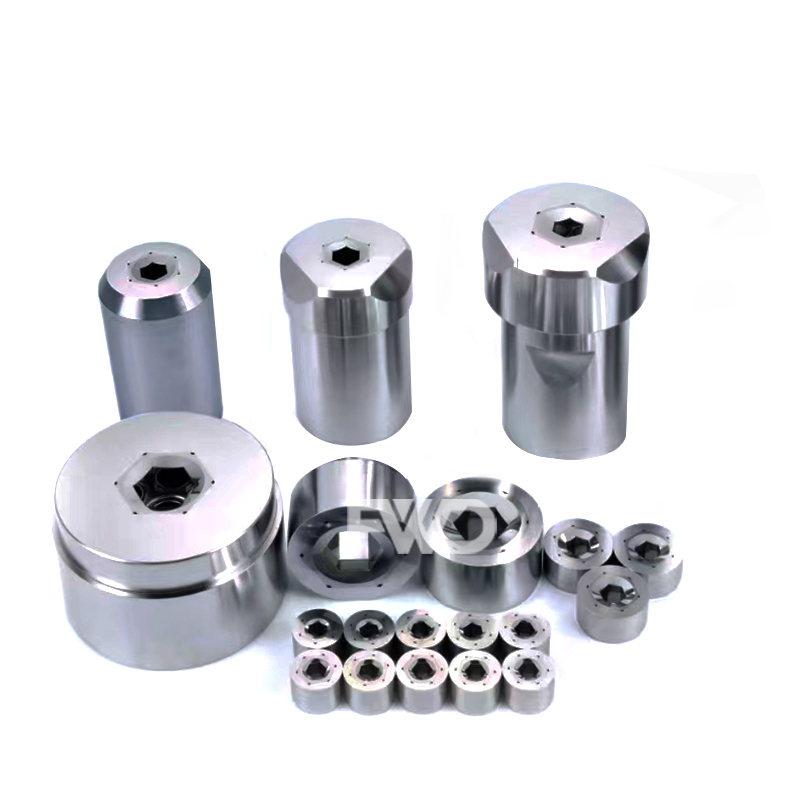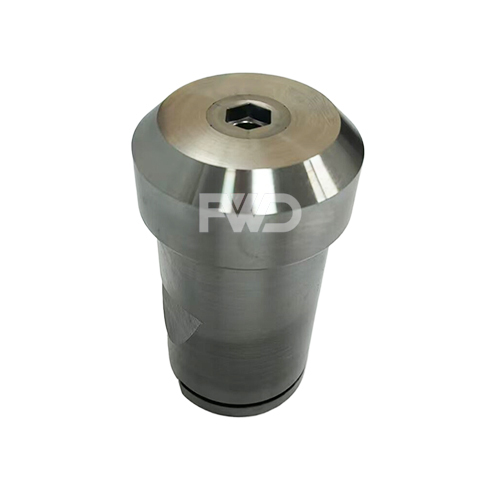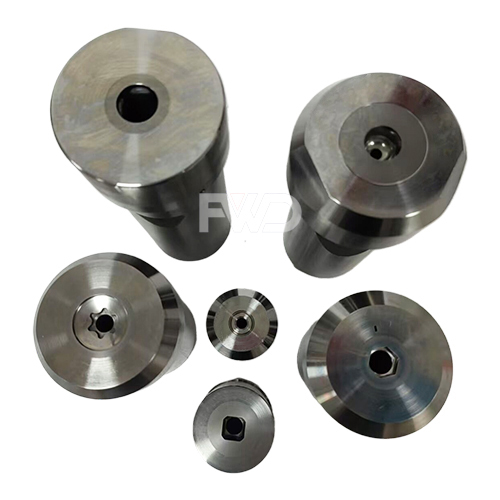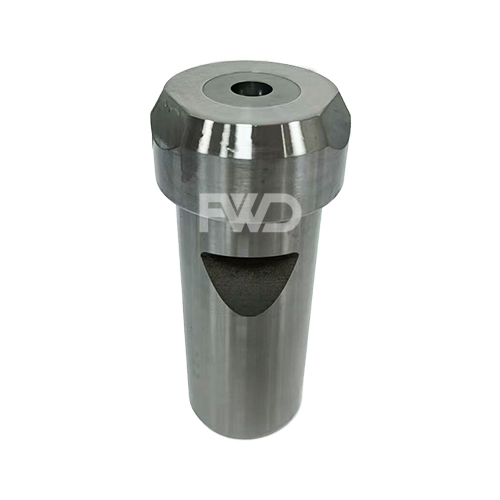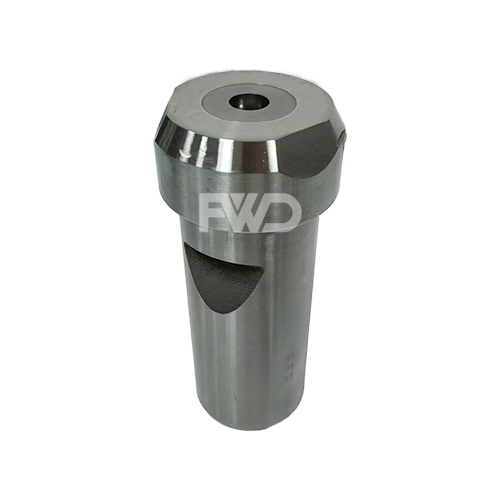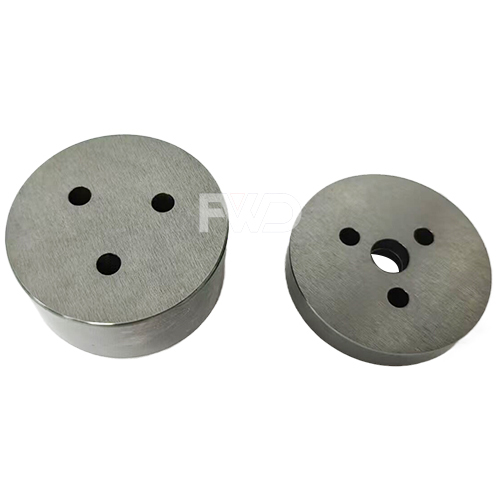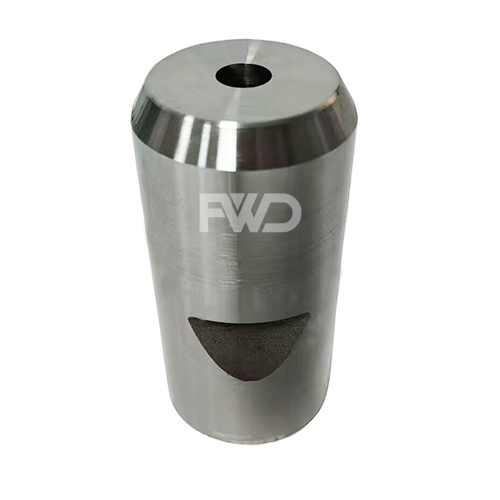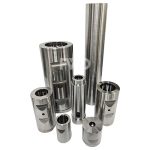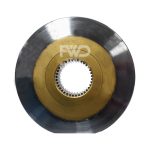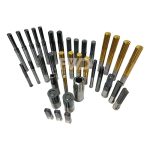A punch head mold is a specialized tool designed to create precise, uniform shapes for punch heads used in various metalworking applications. Typically crafted from durable materials, these molds ensure high accuracy in forming the punch head’s dimensions and contours for effective and consistent performance during punching or stamping operations. The mold plays a crucial role in manufacturing processes by guaranteeing that every produced punch head meets strict quality standards. By enabling mass production with consistent geometries, punch head molds contribute to enhanced productivity and reliability in industries such as automotive, aerospace, and general fabrication. They ensure efficient manufacturing performance.
Punch Head Mold
2. Precision machining: The molds need to be precision machined to ensure accurate size and shape of the holes or cut shapes.
3. Wear Resistance: Due to the large amount of pressure exerted on the mold during the stamping process, Punch Dies must have good wear resistance to extend service life.
4. Design Complexity: The design of the mold needs to take into account the thickness, shape and size of the material as well as the mechanical properties of the stamping process.
Applications of Punch Head Mold
1. Automotive manufacturing: used to produce automotive parts, such as body panels, chassis components, etc.
2. Electronic products: Used to manufacture shells, connectors and other components for electronic devices.
3. Home appliance manufacturing: used to produce the shell and internal parts of home appliances.
4. Metal processing: for the production of various metal parts, such as mechanical components, tools and instruments.
2. High accuracy: enables the production of parts with precise dimensions and consistent shapes.
3. Cost-effective: suitable for high-volume production, helping to reduce the cost per part.
2. Maintenance: Regular inspection and maintenance is required to ensure the long term use of the die.
3. Design Complexity: Specialized knowledge and skills are required to design and manufacture accurate molds.
Manufacturing Processes of Punch Head Mold
2. Machining: Use precision machine tools (e.g. CNC machining centers) to machine the die to meet the design requirements.
3. Heat Treatment: Heat treat the die to improve the hardness and wear resistance.
4. Assembly: The completed punches and die holders are assembled to ensure the precision of the fit.
FAQ of Punch Head Mold
Order Process

